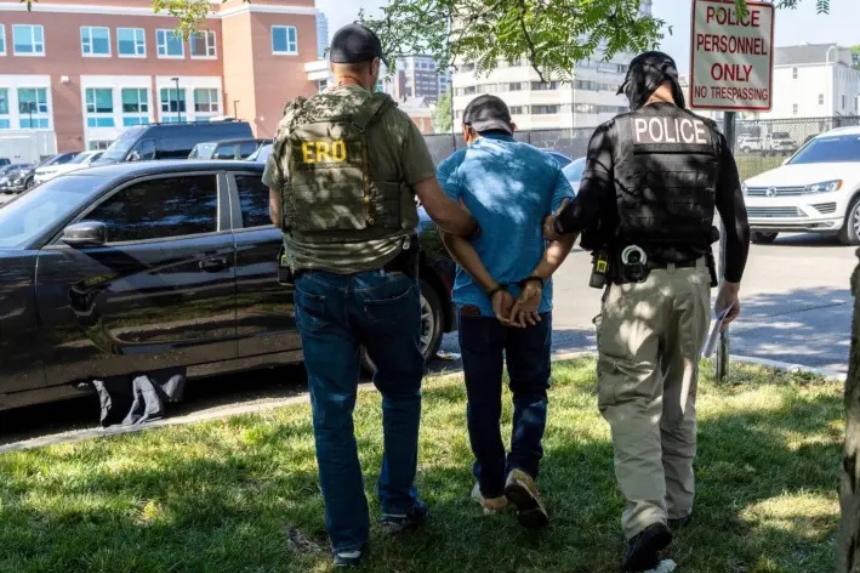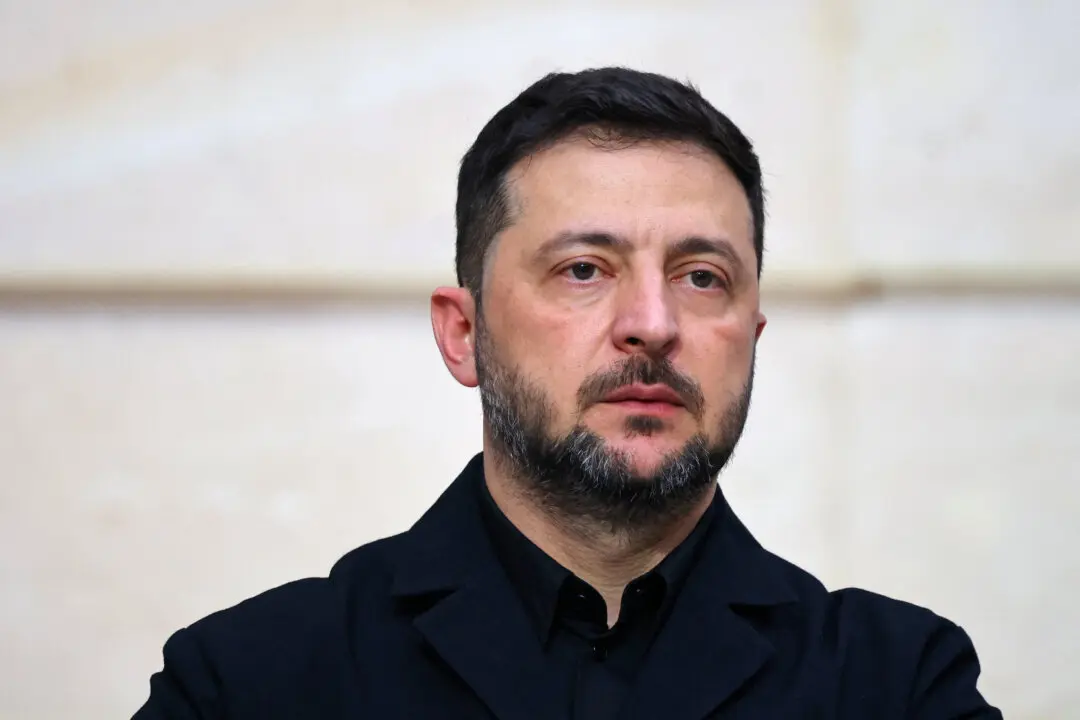The Provisional IRA has been “largely disbanded” but Irish republican dissident groups and loyalist paramilitaries remain a sinister and criminal presence in many parts of Northern Ireland, according to an expert.
U.S. President Joe Biden arrived in Belfast on Tuesday night for a five-day tour of the island of Ireland timed to coincide with the 25th anniversary of the signing of the Good Friday Agreement which brought The Troubles to an end.





